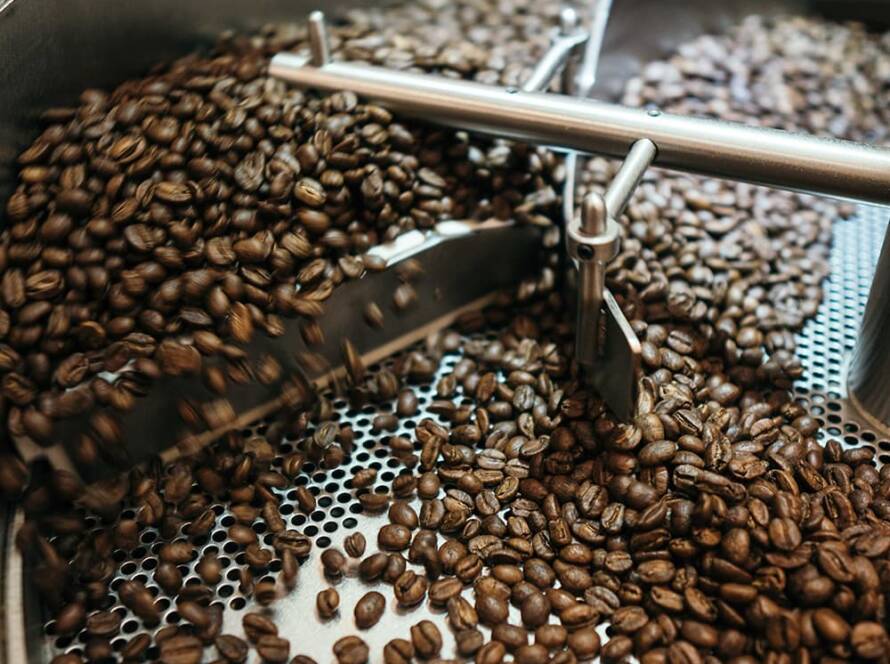The Altitude-Flavour Connection Explained
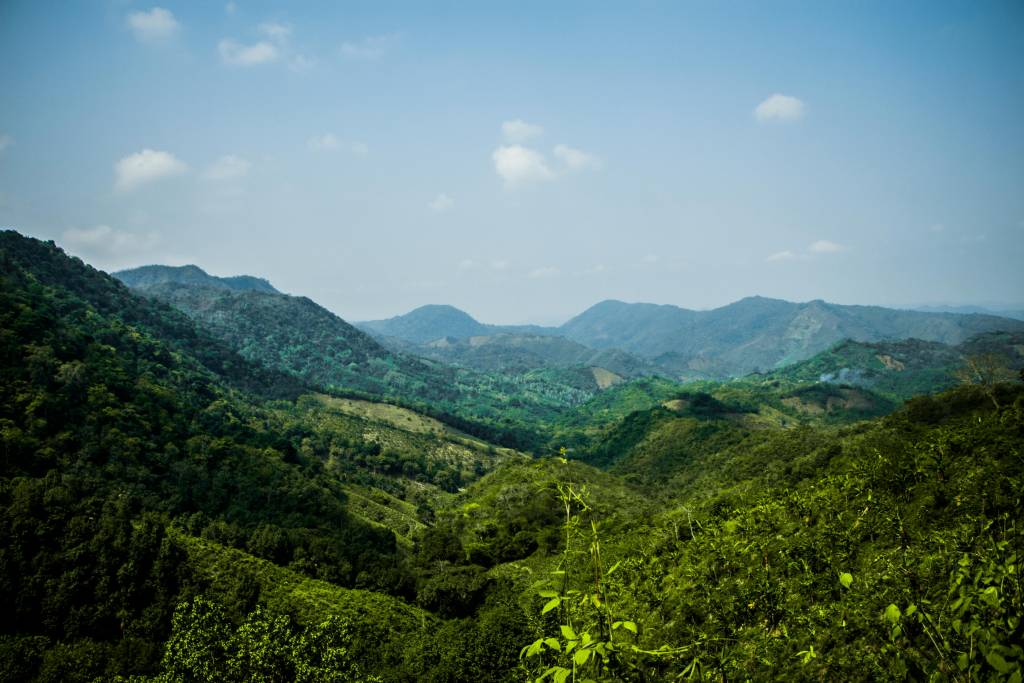
Coffee lovers often talk about tasting notes like citrus, floral, or chocolate—but have you ever wondered where those unique flavours come from? While the variety and processing methods matter, one of the most influential factors is something more down-to-earth: altitude.
Let’s explore why altitude plays a vital role in specialty coffee, how it affects flavour development, and how you can use that knowledge to appreciate better the coffees you drink—including the ones we proudly offer here at Roasters Co.
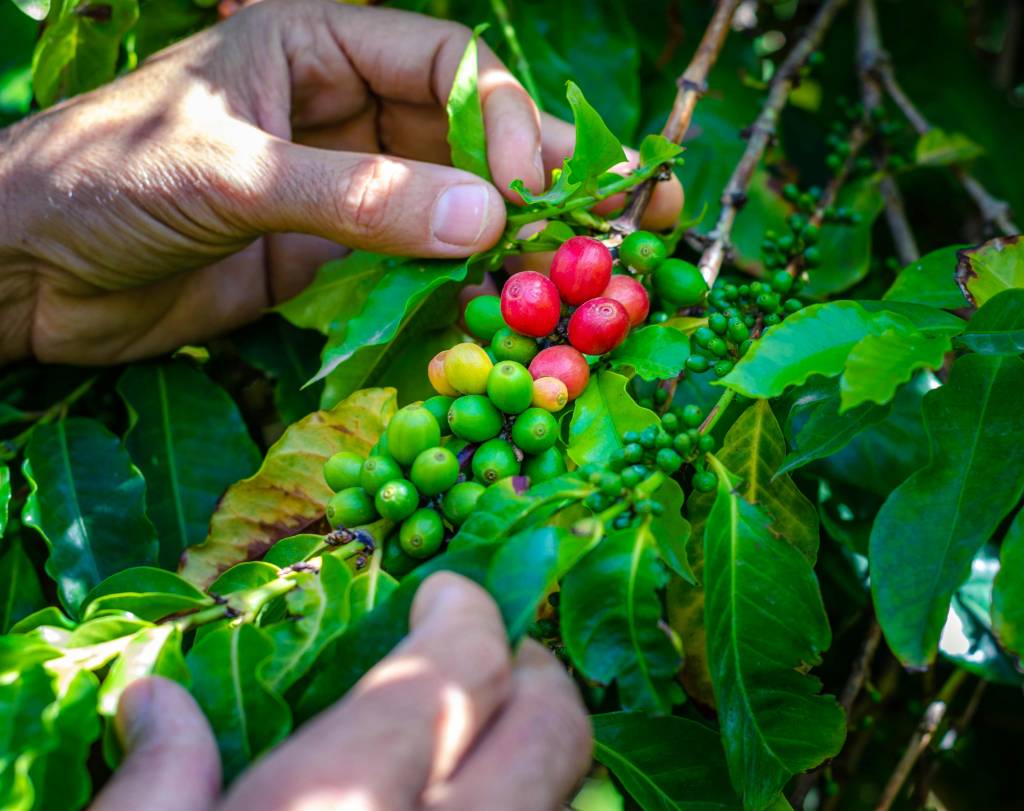
How Altitude Influences Coffee Flavour
As coffee grows higher up in elevation, the environmental conditions become cooler and more challenging. This slows the growth of the coffee plant and, more importantly, the development of its cherries. The result? A denser bean packed with more complex sugars and acids translates into a cup with greater clarity, sweetness, and layered flavours.
High-altitude coffees are often prized for their bright acidity, floral aromas, and nuanced profiles—hallmarks of high-quality specialty coffee.
What Is Considered “High Altitude”?
There’s no official global standard, but anything grown above 1,200 metres above sea level (masl) in specialty coffee is generally considered high-altitude. The higher you go, the more distinctive the cup profile tends to be.
Here’s a quick breakdown:
- 1,000–1,200 masl: Mild flavours, lower acidity
- 1,200–1,500 masl: Balanced body, more sweetness and acidity
- 1,500+ masl: Bright acidity, floral or fruity notes, more complexity
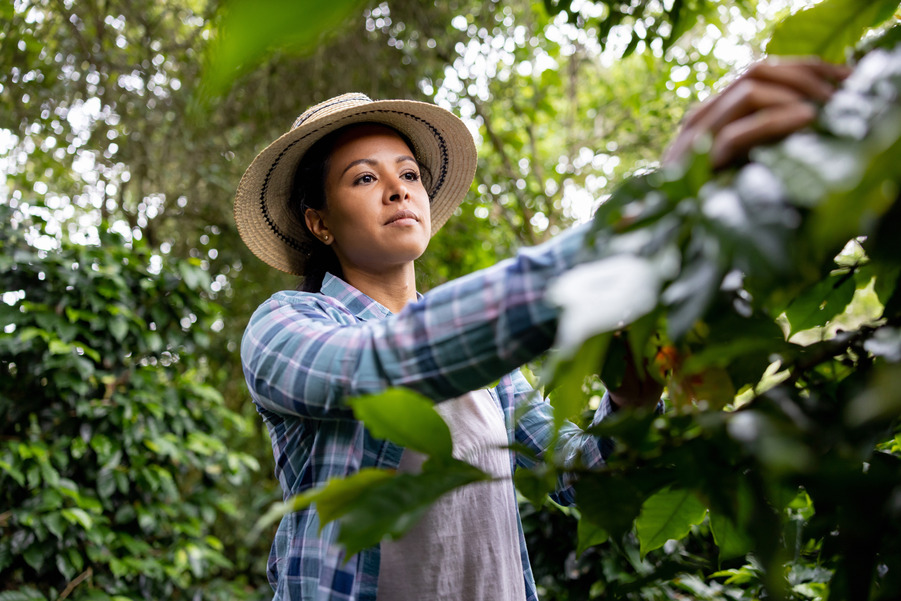
Examples from Roasters Co.
Let’s take a look at how altitude shows up in our current offerings:
☕ Finca Santa Teresa, Peru (1,820 masl)
This washed Bourbon coffee from Cusco bursts with a floral aroma of honey, vanilla, and mandarin. The high altitude contributes to its vibrant sweetness and delicate complexity.
☕ Finca Catalán, Honduras (1,650 masl)
Whether it’s our honey-processed or natural lots, the growing conditions in Ocotepeque allow flavours like citrus, wine, and syrupy fruit to shine through, supported by sweet and fruity aromas.
☕ Finca La Hermosura, Colombia (1,860 masl)
With notes of sweet citrus and peach, this coffee embodies what high-altitude Colombian coffees are known for—clean, sweet, and fruit-forward cups.
☕ Finca Bella Vista, Colombia (1,650 masl)
An organic washed Castillo with green apple and caramel notes—its high elevation creates a bright, crisp profile that’s easy to love.
☕ Finca La Secreta, Colombia (1,550 masl)
Whether honey or washed, this farm offers balanced acidity with complex tasting notes like orange peel, chocolate, and tropical fruits.
Altitude isn’t just a number—it’s a key player in your coffee taste.
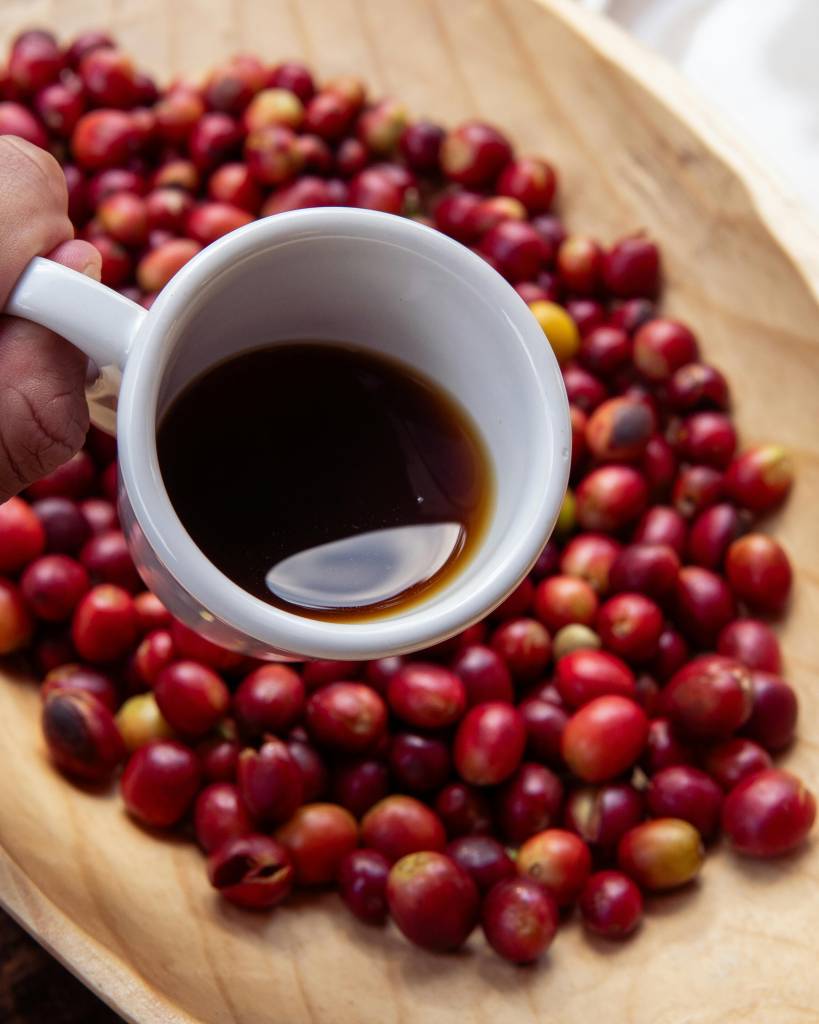
What Does This Mean for You as a Coffee Drinker?
Don’t skip over the altitude when shopping for specialty coffee—it’s a great indicator of flavour potential. If you love bright, fruity, or floral coffees, seek beans grown at 1,500 masl or higher. If you prefer smoother, rounder flavours, something closer to 1,200–1,400 masl might suit you best.
This is also why specialty coffee often comes from mountainous regions worldwide—from the Andes in Peru to the volcanic slopes of Colombia and Honduras.
Want to dive deeper? Check out What Makes Coffee Specialty? Understanding the Standards and Craft Behind Every Cup to learn how altitude ties into quality standards.
In Summary
Altitude shapes flavour. The higher the elevation, the more vibrant, complex, and memorable your coffee becomes. So the next time you brew a cup, take a moment to appreciate the mountains, valleys, and farmers making those citrus or caramel notes possible.
At Roasters Co., we proudly source high-altitude coffees that reflect the unique terroir of each farm. Explore our offerings and discover the difference altitude makes—one flavourful sip at a time.





